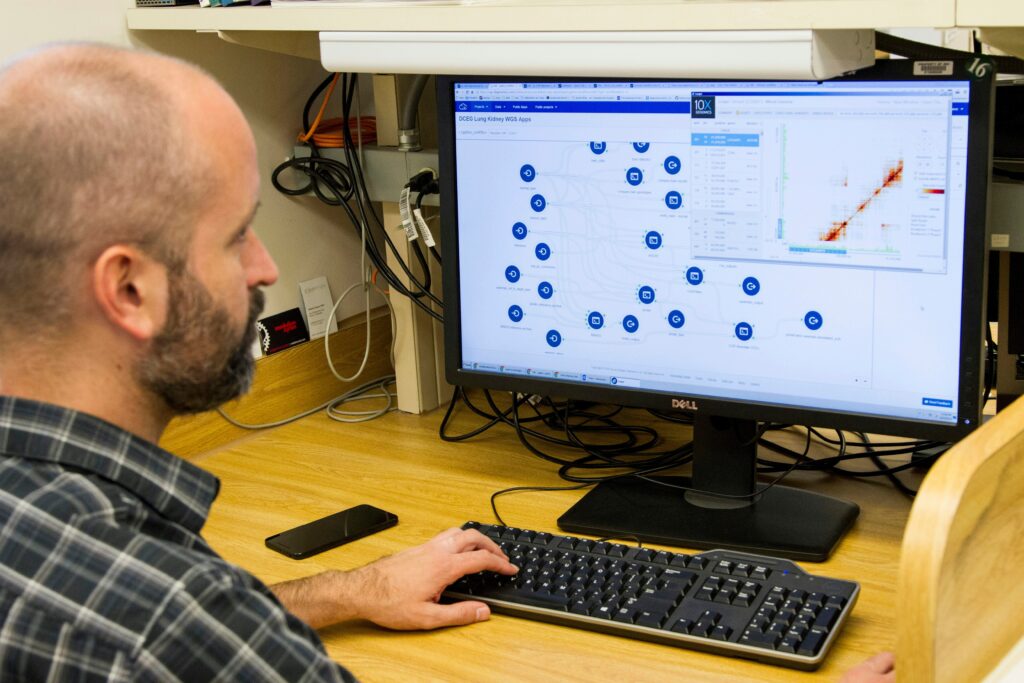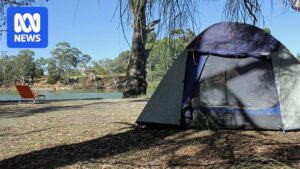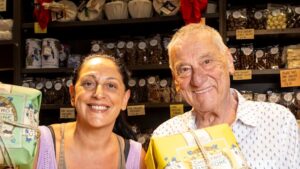
In a groundbreaking development, researchers have unveiled Nicheformer, an artificial intelligence model that promises to revolutionize the study of tissue cell organization. This advancement addresses a significant gap in single-cell RNA sequencing, which, while transformative, has traditionally required cells to be removed from their natural environments, losing crucial spatial information. The study, published in Nature Methods, highlights how Nicheformer can “transfer” spatial context back onto previously isolated cells, offering a comprehensive view of tissue architecture.
Single-cell RNA sequencing has enabled scientists to understand which genes are active within individual cells, but this method often strips away the positional context of these cells. Spatial transcriptomics, which retains this context, has been limited by technical challenges and scalability issues. Nicheformer bridges this divide by learning from both dissociated and spatial data, reconstructing how cells fit into the larger tissue structure.
AI Model Reveals Hidden Tissue Structures
The introduction of Nicheformer marks a significant leap forward in biological research. By creating SpatialCorpus-110M, one of the largest curated resources of single-cell and spatial data, the research team has enabled the model to outperform existing methods consistently. The study demonstrates that spatial patterns leave measurable traces in gene expression, even when cells are dissociated.
Alejandro Tejada-Lapuerta, a PhD student at Helmholtz Munich and TUM, and co-first author of the study, explains,
“With Nicheformer we can now transfer spatial information onto dissociated single-cell data at scale. This opens up many possibilities to study tissue organization and cellular neighborhoods without additional experiments.”
This development connects to the emerging concept of a “Virtual Cell,” a computational representation of cellular behavior within native environments. While previous models have often treated cells as isolated entities, Nicheformer is the first to learn directly from spatial organization, offering insights into how cells interact with their neighbors.
Single-Cell Analysis vs. Spatial Transcriptomics
The study highlights the differences between single-cell analysis and spatial transcriptomics:
- Single-cell analysis: Measures the molecular profile of individual cells but lacks original tissue context.
- Spatial transcriptomics: Measures gene activity in tissue slices, maintaining spatial arrangement.
- Nicheformer: Combines both approaches, projecting spatial context back onto dissociated data.
Next Steps and Future Implications
According to Prof. Fabian Theis, Director of the Computational Health Center at Helmholtz Munich,
“With Nicheformer we are taking the first steps toward building general-purpose AI models that represent cells in their natural context – the foundation of a Virtual Cell and Tissue model. Such models will transform how we study health and disease and could ultimately guide the development of new therapies.”
Looking ahead, the research team aims to develop a “tissue foundation model” that also learns the physical relationships between cells. This model could provide new insights into tumor microenvironments and other complex bodily structures, with direct implications for diseases such as cancer, diabetes, and chronic inflammation.
About the Researchers
Alejandro Tejada-Lapuerta is a PhD student at the Institute of Computational Biology at Helmholtz Munich and the Technical University of Munich (TUM). Prof. Fabian Theis is Director of the Computational Health Center and the Institute of Computational Biology at Helmholtz Munich, Head of Helmholtz AI, and a Professor for Mathematical Modeling of Biological Systems at TUM.
This innovative model not only represents a significant advancement in the field of computational biology but also sets the stage for future research that could transform our understanding of cellular behavior and tissue organization.






